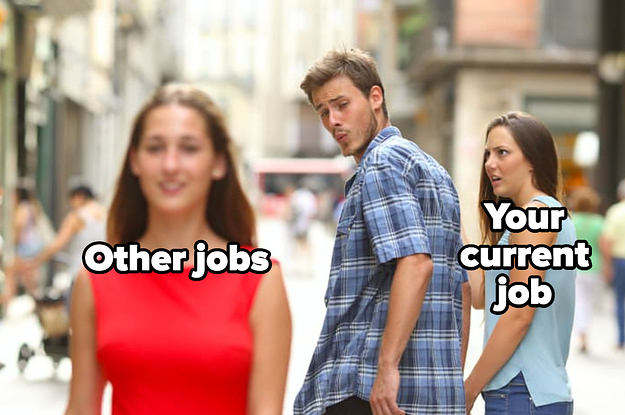50/30/20 Budgeting
- frugal.zoomer

- Aug 21, 2020
- 3 min read
Updated: Jun 6, 2023
You may have heard of the 50/30/20 budget. It's pretty simple: of your total income, you get to use 50% on your needs (food, housing, utilities, transportation, minimum debt payments), 30% on wants (everything else), and 20% on savings (retirement accounts, emergency account).

I'm not going to argue that it's a bad strategy or at least starting place, although serious savers often scoff at this method. There are some cases where this method may be right for you.
However, this may be wrong for you if...
1) You're in a difficult, UNUSUAL financial situation.
Note the emphasis on *unusual*. If you make $25,000/year and expect to continue to make about $25,000 every year after, tight finances is not an excuse not to save toward retirement. You'll need to either adapt to this income or decide that this isn't permanent (you'll move up the career ladder or go back to school). Having a child is not an excuse not to save for retirement (kids are pretty permanent). Having $100,000 in student loans is not a reason not to save for retirement (they take a looooong time to pay off and you'll want to retire after).
However, if you have been laid off, are paying off huge medical bills, are going through a divorce, or are in some other non-typical financial situation, you might not be able to maintain this healthy money balance.
For discrete periods of time, it is absolutely okay not to be able to save or afford your wants. You might have to make sacrifices but remember, it's not forever.
2) You're making bank.
If you have a nice comfy salary (I dunno, maybe $50,000 in a low-cost-of-living area or $75,000 in a high-cost-of-living area), you should not settle into a comfy little 20% savings rate.
Your savings rate should always be a little uncomfortable, whether it's 20% or 70%. Set a goal for next month that makes you nervous and then strive for it! My plan is to put 50% of my income toward debt/savings, and the other 50% toward needs/wants. If possible, I might shift this even more away from spending.
If you graduate high school or college and your salary jumps from $4,000/year to $40,000/year, you're going to want to spend it. It's yours! It's exciting! And it really is, I promise. However, if your lifestyle becomes 10x more expensive, you'll never be able to reign it back in. Try living it up about 10% more instead, and put the rest in savings. If you decide you have too much money later on, you can always choose to spend it then :D
3) You're settled at a job.
If you've been at a job a year or two, you've probably settled into a savings rate, whether it's 0% or 20% or more.
Resist! Don't let your savings rate settle. Every time you get a raise, put most of that new money toward retirement. When you get a bonus, save most of it. If you get bored and start driving for Uber on the weekends, invest that too.
Even if you don't have extra or additional income, I bet you're comfortable with your current savings rate. And a few months from now, you could have adjusted to an extra 5% going to savings too.
Ok, ok, we get it, Frugal Zoomer -- you don't like the 50/30/20 method! Does it have any merits to it??
Sure it does!
It's easy and simple.
If you have never had a job or saved a penny, this is a great starting place. If you haven't yet grown accustomed to any specific lifestyle, this is a fine place to begin. If you are overwhelmed by the thought of creating a budget and making decisions about money, try the 50/30/20 method.
It's 100% better than saving nothing. But don't grow complacent or too comfortable, just because the 50/30/20 rule says you can spend 80% of your salary every month.
What do you think of the 50/30/20 rule? Do you use it?



Comments